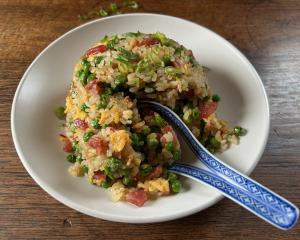
The dead ducks that arrive in my kitchen (once plucked and gutted thank you) feel a bit ratty and I find rodents abhorrent, so into the slow cooker they go. Not having to mess about with them makes the whole business more palatable and I use the meat pulled from the bones in numerous ways, often freezing to use in curries, stews, pies and the like.

He enjoys the "amazing" flavour of wild duck breast and likes to marinade them with salt before barbecuing or cooking in a pan — stressing that they must be cooked rare, medium-rare at most. The little legs are made into stews or curries, or confit with bought duck fat.
If cooking the whole bird, Vaughan cuts the breasts off the bone while still rare, leaving the legs to cook longer. To confit the whole bird, he recommends cutting into quarters before cooking very low.
Not being one for waste, if there are lots of birds he preserves them by brining and then slowly hot smoking, using the meat for pastas and sandwiches. He suggests mincing the meat for wild duck, bacon and chilli sausages and he’s a regular salami maker, but that might be taking us a step too far.
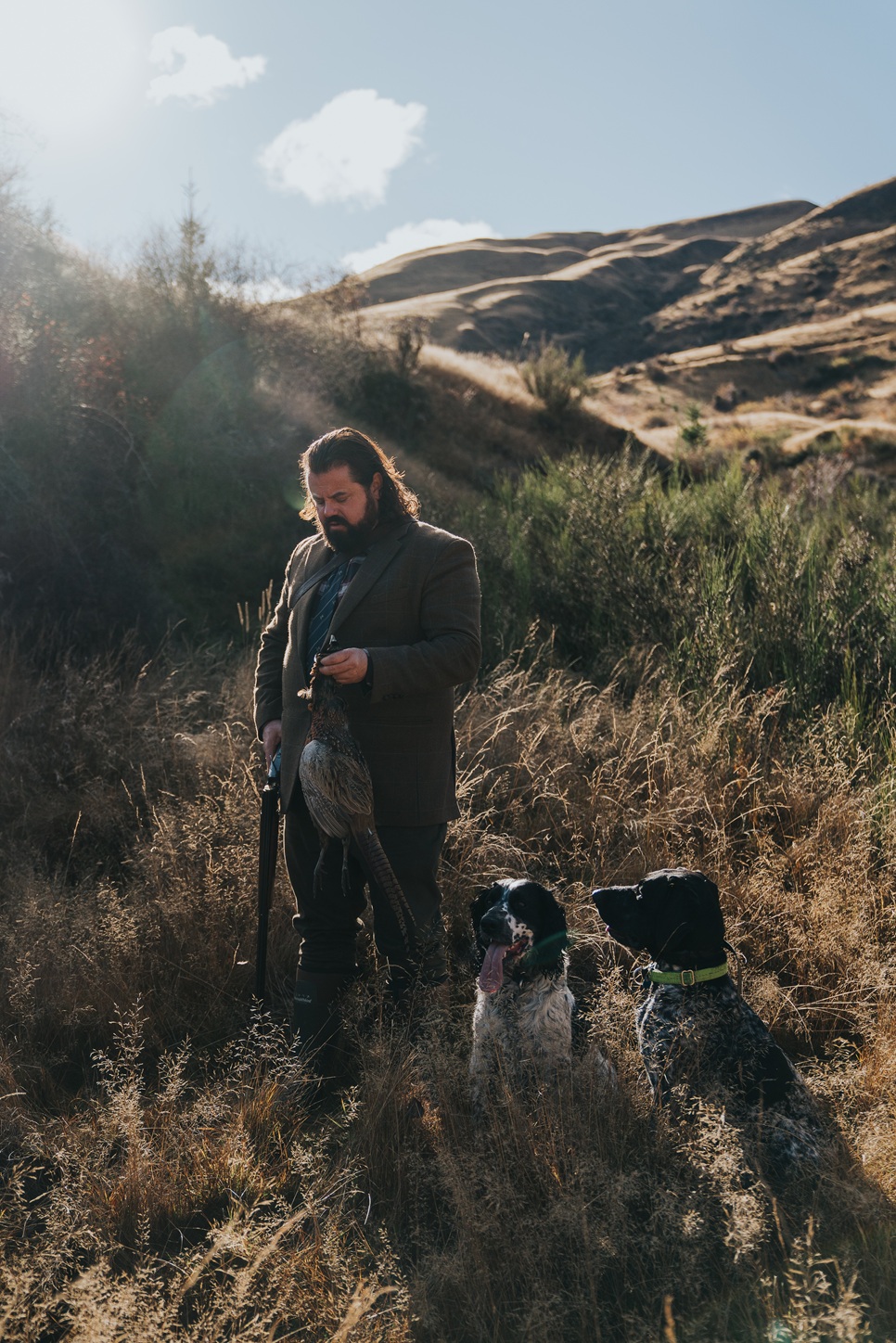
Vaughan’s recreations are edible art that blows your mind and your tastebuds and is the closest that many will get to the wonders of New Zealand’s wildlife. It wasn’t until Vaughan’s mallard head was on the plate in front of me that I realised just how beautiful the bird is.
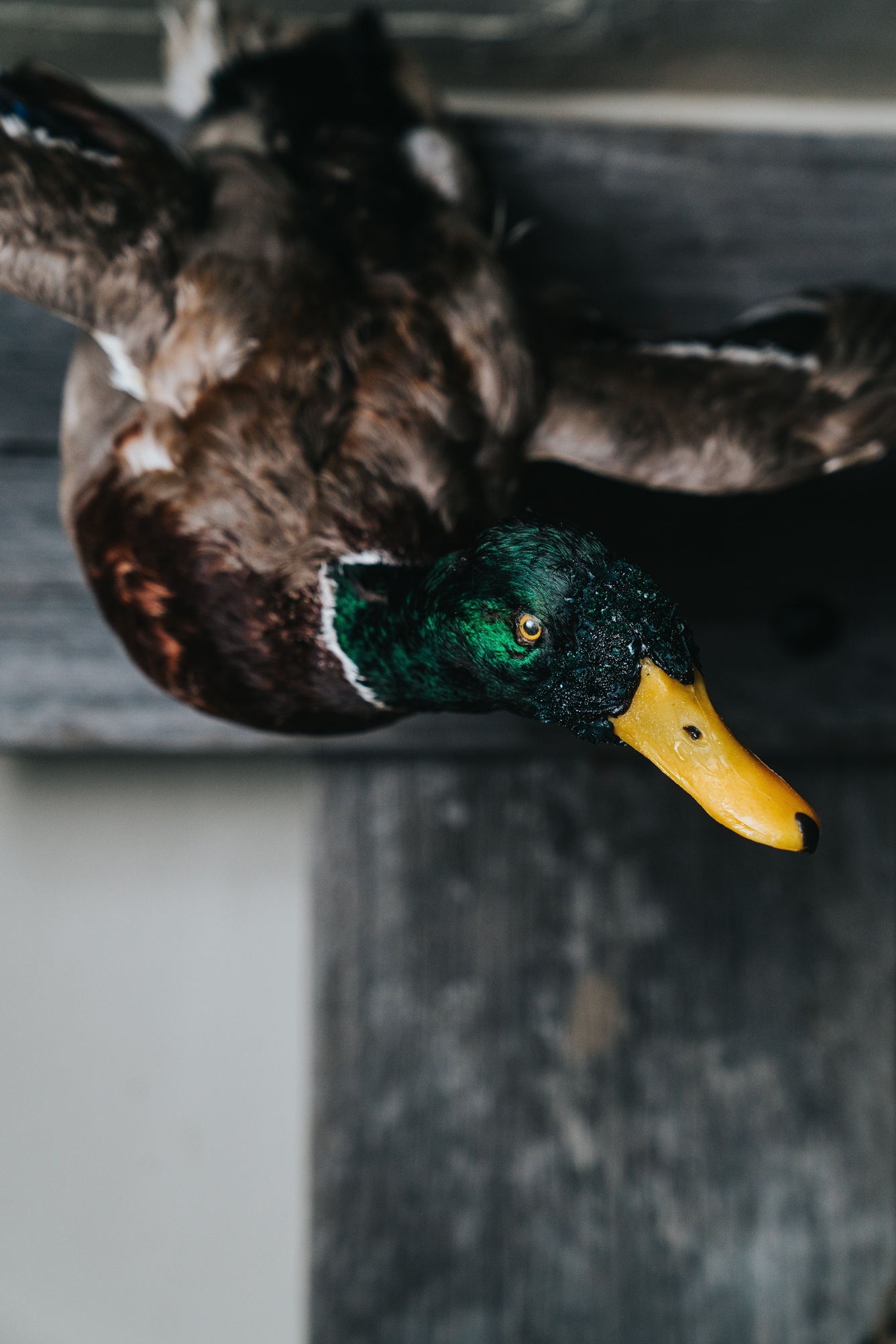
"Culling is imperative to the growth and livelihood of nature species that we don’t hunt. In this fast-paced world it’s great way for grandparents and parents to get the next generation out in the lands and rivers of Aotearoa and connect them to its importance and beauty and help cultivate these kids into guardians of our special country."
If you’d rather not go wild, all of these recipes can be made using duck from the supermarket, but be aware that farmed duck has a lot of fat, so can be roasted without drying out. You could roast the duck for the ragu rather than slow cooking it.
Nice ideas from Vaughan Mabee’s home to try at yours
• Follow the instructions on the red curry paste packet for a Thai red duck curry, adding lycees or pineapple chunks for a hint of sweetness.
• Wild mushrooms share the same season as duck. Forage the fields and make a wild mushroom sauce to serve with duck breast, served rare with duck fat chips with rosemary.
• Make a bacon, mushroom, wild duck and red wine stew to serve with mashed potatoes and winter greens.
• Wild manuka smoked duck breast sandwiches are a Mabee house favourite with cranberry or berry jam, pickled onions and goat’s cheese.
As Vaughan says, wow!! Also good as a toastie.
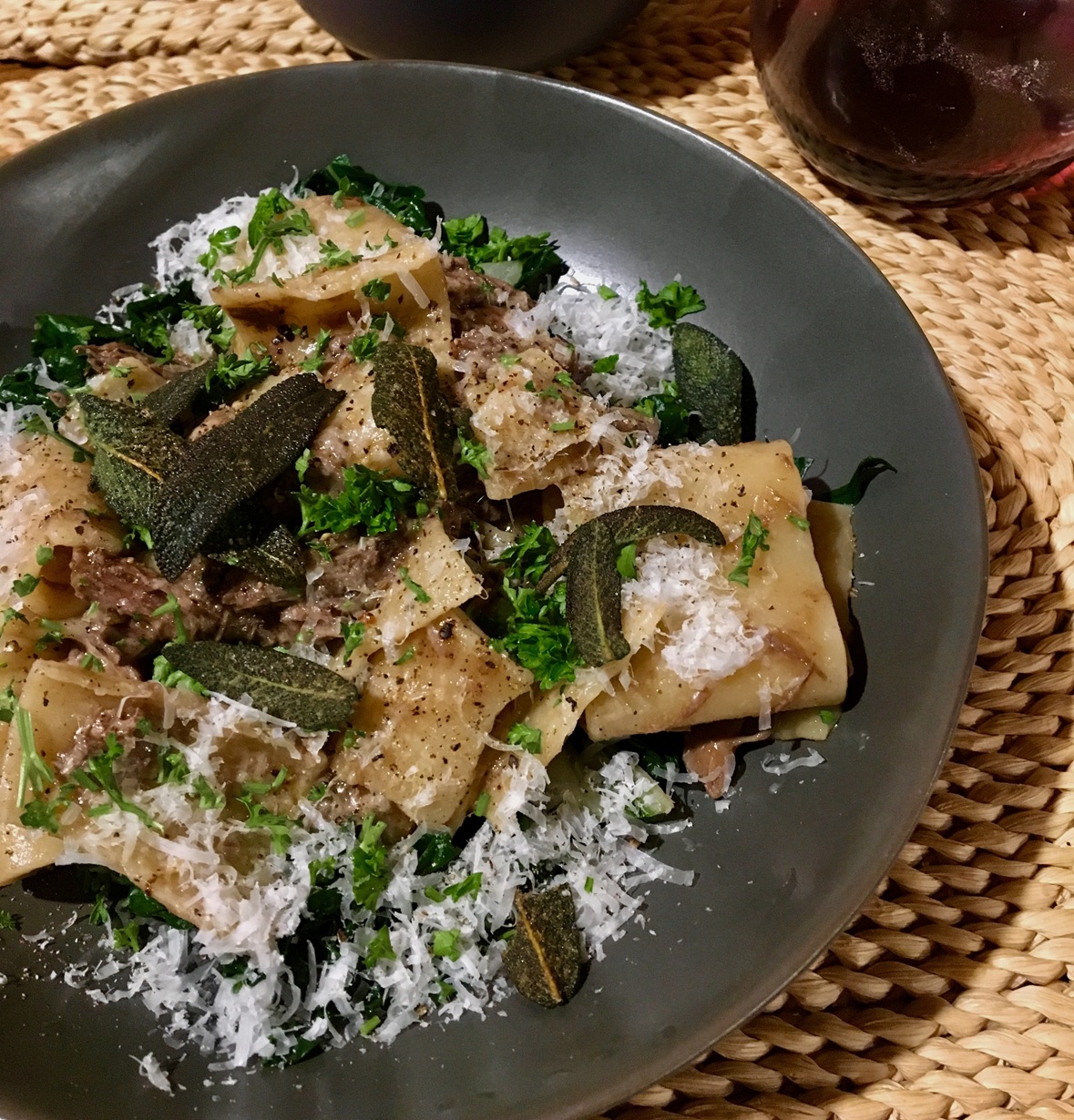 Duck ragu
Duck ragu

As per my opinion on the arrival of dead ducks, this method gives me the least amount of ick and produces tasty, tender duck meat that can be also be served as a stew with mash and veggies. Fry bacon with the onion and add mushrooms towards the end of cooking to achieve Vaughan’s suggested bacon, mushroom and wild duck stew.
Serves 4
Ingredients
3 Tbsp olive oil
2 small ducks
1 onion, diced
1 carrot, diced
1 celery stalk, diced
1 tsp salt
⅔ cup red wine
2 cups chicken stock
400g can tomatoes
5 sprigs thyme
1 generous sprig sage leaves
Method
Heat two tablespoons of the oil in a large frying pan and brown the ducks on all sides. Remove to a slow cooker.
Add the third tablespoon of oil to the pan and gently fry onion, carrot and celery with salt and a good grind of black pepper until soft.
Pour in red wine to deglaze the pan, stirring to lift any brownings from the bottom.
Add to the slow cooker along with chicken stock, tomatoes and herbs.
Cook according to slow cooker instructions until meat falls from the bones.
Remove duck meat to a plate to cool before pulling meat from the bones.
Strain cooking juices into a large pan and reduce down over a high heat to create a sauce. Or thicken with a cornflour slurry (mix a tablespoon of cornflour into half a cup of the juices and stir back into the pan).
Add meat to the sauce and check for seasoning.
For duck pappardelle
Keep duck meat and sauce on a gentle simmer while cooking 250g (to serve 4) pappardelle to packet instructions. Toss cooked pasta through the sauce and serve with plenty of grated parmesan and chopped parsley.
Fried sage leaves add a luxurious level of crunch with their strong flavour mellowing considerably to a moreish, savoury treat. Fry a good handful of fresh sage leaves in a shallow amount of hot butter and oil in a frying pan until golden and crisp. Fry in advance and set aside on paper towels until ready to serve.
Wild mushroom sauce
Remember to be very, very careful identifying wild mushrooms! If you have any doubts at all about which species you’ve got, leave it out.
Ingredients
1 Tbsp butter
1 Tbsp olive oil
2 shallots, finely chopped
450g wild or mixed mushrooms, sliced
2 sprigs thyme
½ cup red wine
Splash of cream, optional
Chopped parsley, to serve
Method
Heat butter and oil in a medium-sized frying pan.
Add shallot, mushrooms and thyme and fry over a medium-high heat until mushrooms are soft.
Add wine, season with salt and pepper, and stir until juices thicken. Add a splash of cream, if so inclined.
Sprinkle with parsley to serve.
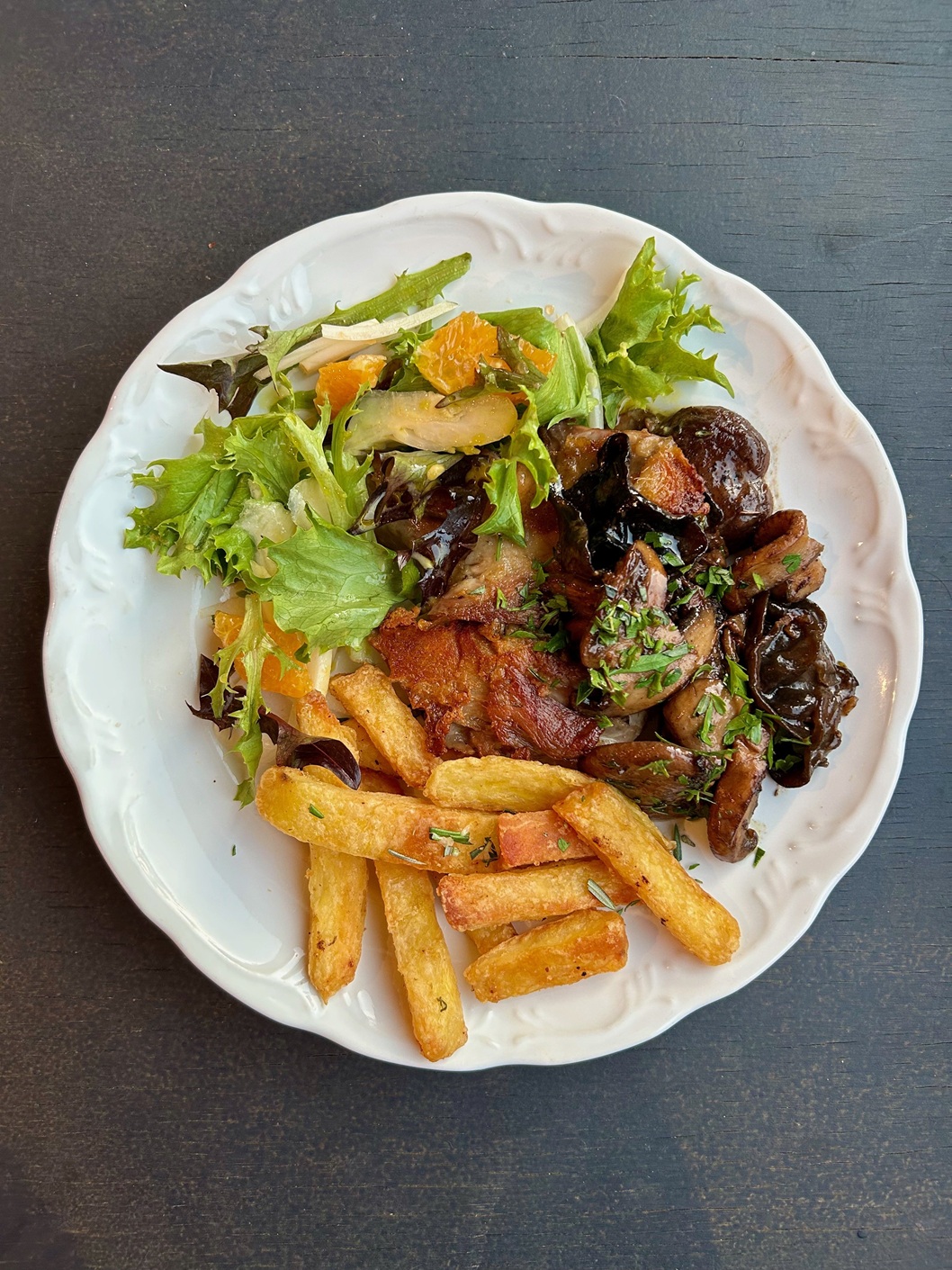 Duck fat fries
Duck fat fries

Ingredients
4-6 large potatoes
¼ cup duck fat
Sprig rosemary
2 Tbsp sea salt flakes
Method
Peel potatoes and slice into long chips.
Place in a pot of well-salted water, bring to the boil and cook for 7 minutes. Drain, tossing to rough up the edges a little. Leave to dry out for at least 10 minutes.
Place potatoes on a roasting tray lined with baking paper and toss through the duck fat and chopped rosemary. Spread out evenly on the tray.
Bake in a 190°C oven for 40 minutes, or until golden brown, turning halfway through.
Toss with sea salt flakes to serve.

